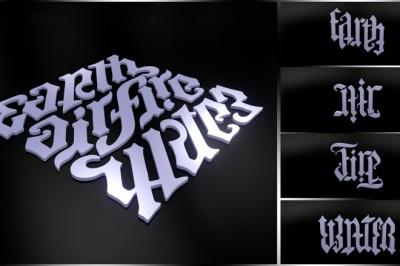Standard Structural drafting practices, symbols and conventions
Structural drafting practices are very similar to that used in engineering drawing. Because of the complexity of structural drawings are generally produced by experienced engineer or expert structural drafter.
Sheet Layout:
The drawing paper need to be framed with a border line. The border line can be a single line or a double line and should conform to the overall style of the drawing. Title blocks are added and placed along the bottom and/or the right side of the drawing paper. The main drawing should be the dominate picture on the sheet with detail drawings and general notes related to the main drawing placed around it. All drawings, details, and notes should be titled.
Bill of Materials:
The bill of materials is a listing of all of the component parts of the steel framework, including all structural members, connections angles, and fasteners. The bill of materials is included on all shop drawings and generally lists all information for the items shown on that sheet.
General Notes:
Notes are classified as general notes and as local notes. Notes are lettered horizontally on a sheet and arranged in a systematic manner. Abbreviations in general notes should be avoided as much as possible. Proper grammar, sentence structure and punctuation are used in constructing a note. Note columns are titled to make them distinguishable from other parts of the drawing. The lettering heights should be the same height as other titles on the sheet.
Revision Blocks:
Revisions blocks always appear on a drawing to record any changes that are made after the drawing has been approved. Changes to the drawing are necessitated by changes in design, changes made by the customer, or changes due to errors in design. Changes are made by erasures directly on the original drawing. Additions are made by drawing directly onto the original. The revisions to the drawing are highlighted and marked and reverenced to the revision block.
Structural Drafting Line Work:
Lines are used in structural drafting will conform to the recommended ANSI drafting standards. Visible Object lines are the most important lines on the drawing; therefore they are made thick and dense black. Border lines are made thicker than visible object lines to contrast strongly with all other lines on the drawing.
Should you have any queries or need more information on structural drafting practices or conventions, please feel free to contact us. Email us at [email protected]
Visit us at http://www.outsourcestructuraldrafting.com/ to get more information.
About Author:
Richard Bose is structural engineer at OSD - an established Structural Engineering consultants offering full services such as structural design analysis, structural drafting and shop drawings services at affordable rates. Email us [email protected]































